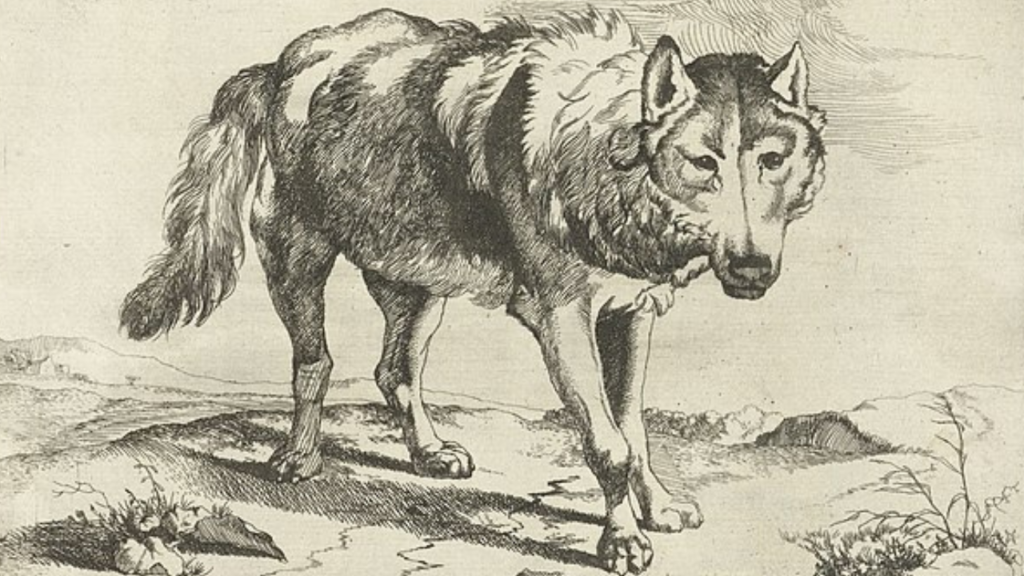
In many cultures, wolves are more than just wild animals; they are symbols of strength, cunning, and mystery. However, in modern American society, the cultural and symbolic significance of wolves in folklore has largely been overshadowed by more popular narratives like superheroes or tech legends. Stories about wolves, which once captivated audiences with their blend of fear, respect, and reverence, have faded from the public consciousness. But these tales, rooted in ancient lore, have a lot to teach us about community, survival, and the balance of nature. As America faces environmental challenges and societal shifts, revisiting these age-old stories could offer a fresh perspective on our relationship with nature and each other.
Wolves as Symbols of Leadership and Community

In many Native American traditions, wolves are seen as wise leaders, embodying the spirit of the pack and the importance of community. They are often portrayed as teachers, guiding humans on how to live in harmony with the natural world. Stories like the Cherokee legend of the two wolves, where an elder tells a child about the battle between a “good wolf” and a “bad wolf” within each person, emphasize the importance of inner balance and personal growth. These tales are not merely stories; they are teaching tools, offering lessons on morality, leadership, and cooperation. By paying more attention to these narratives, Americans can gain insights into the value of working together and the strength found in unity, qualities that are crucial in today’s divided society.
The Wolf as a Mirror of Human Fears

Throughout European folklore, wolves have often been depicted as antagonists, from the Big Bad Wolf in “Little Red Riding Hood” to the menacing creatures in Russian fairy tales. These stories reflect deep-seated human fears, portraying wolves as symbols of the unknown and the wild. The fear of the wolf mirrors the fear of the untamed parts of human nature—the anger, greed, or ferocity that lies beneath the surface. By examining these tales, Americans can confront their own fears and the unknown aspects of their psyche. Understanding these stories allows us to explore the duality of nature—its capacity for both beauty and danger—and recognize the same complexity within ourselves.
Lessons in Environmental Stewardship

Wolves play a critical role in the ecosystems they inhabit, a fact that is highlighted in many traditional stories. In the mythology of the Inuit, wolves are seen as skilled hunters who help maintain the balance between species. These narratives emphasize the role of the wolf as a keystone species, one that ensures the health of the environment by controlling prey populations. When wolves were reintroduced to Yellowstone National Park in 1995, the ripple effects were profound, restoring balance to the entire ecosystem. This real-life story mirrors the ancient folklore that underscores the wolf’s importance in maintaining nature’s harmony. By embracing these tales, Americans can foster a deeper respect for wildlife conservation and understand the broader implications of protecting such species.
Reconnecting with the Wild Through Storytelling

Folklore offers a bridge between humans and the natural world, a connection that many Americans have lost in the digital age. Stories about wolves remind us of our shared history with these creatures, one filled with conflict but also deep respect. As modern life becomes more disconnected from nature, these stories can serve as a reminder of the wild spirit that still exists within the American landscape and within us. By paying more attention to wolf folklore, we not only preserve an important part of cultural history but also rekindle an appreciation for the wild, untamed aspects of life. In doing so, we may find ourselves more attuned to the rhythms of the natural world and the lessons it has to offer.
Revisiting these ancient tales can inspire a deeper appreciation for the complex relationships between humans, animals, and the environment—encouraging us to live in greater harmony with the world around us.
Sources:
Stay connected with us for more stories like this! Follow us to get the latest updates or hit the Follow button at the top of this article, and let us know what you think by leaving your feedback below. We’d love to hear from you!







